Millennium Falcon (Bandai) 1/144
120,95€
In stock

*Please check our Privacy Policies to see how to we use your personal data.
*Por favor revisa nuestra Política de Privacidad para ver como tratamos tus datos personales
Brand: Revell
Title: 1/144 Millennium Falcon
Number: 01211
Scale: 1:144
Type: Complete kit
Episode VII “The Force Awakens” version.
Mobile loading ramp
2 cockpit versions
Display stand
Landing gear
4 figures including BB-8
Plastic mock-up (unassembled, Multi-language illustrated building instructions, Decals.
Marca: Revell
Título: 1/144 Millennium Falcon
Número: 01211
Escala: 1:144
Tipo: Kit completo
Versión del Episodio VII “El Despertar de la Fuerza”.
Rampa de carga móvil
2 versiones de cabina de mando
Soporte de exhibición
Tren de aterrizaje
4 figuras incluyendo BB-8
Maqueta de plástico (sin montar, Instrucciones de construcción ilustradas en varios idiomas, Calcomanías.




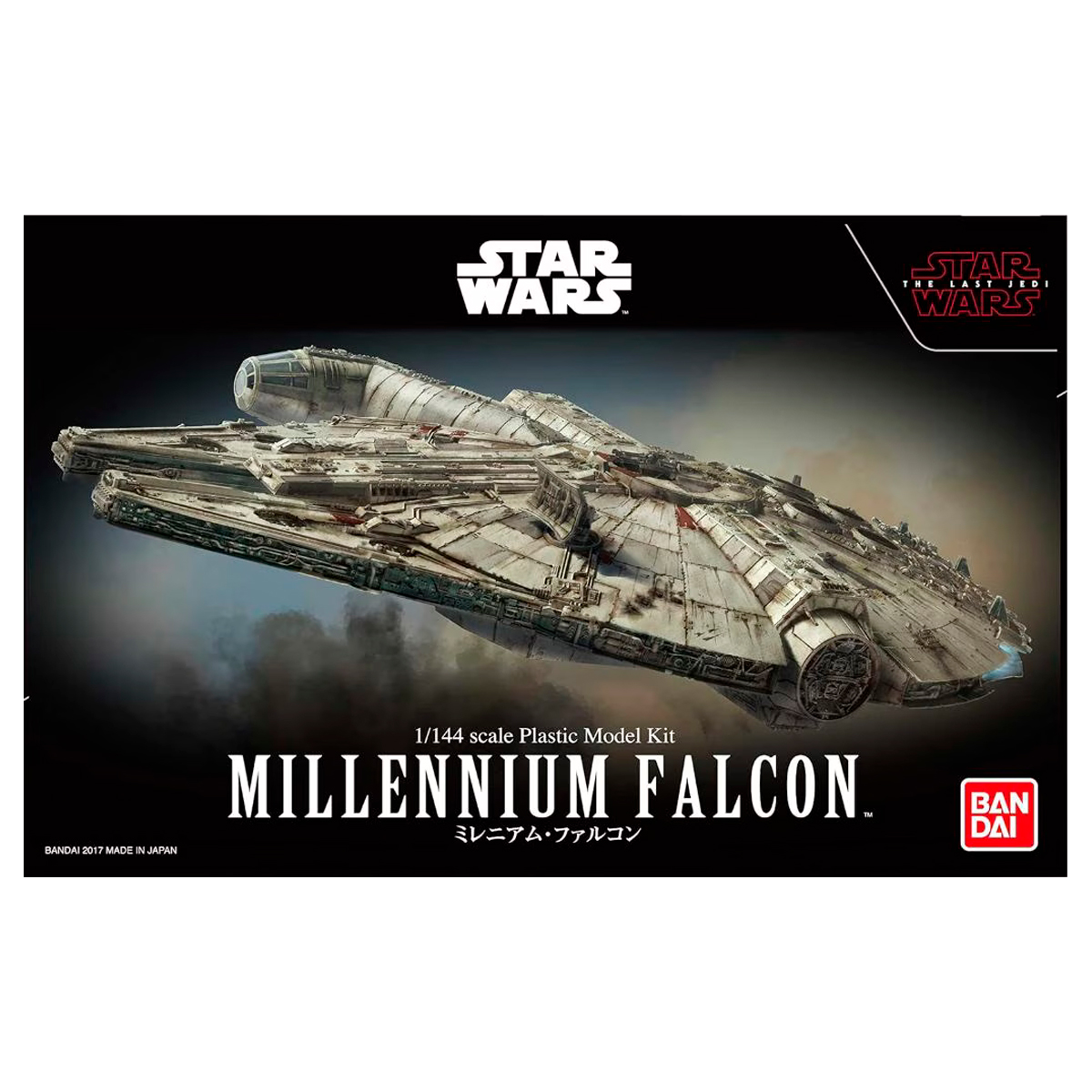
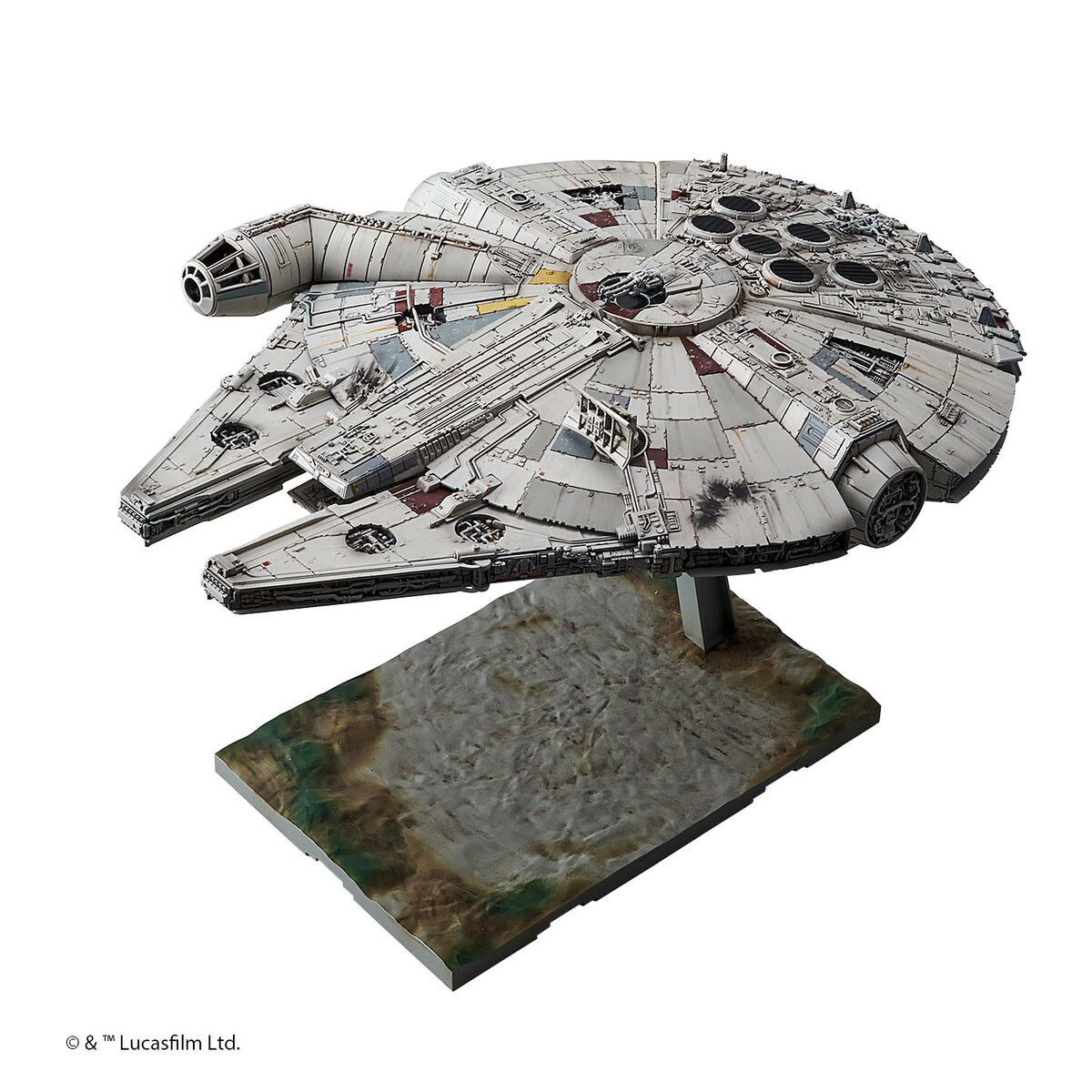
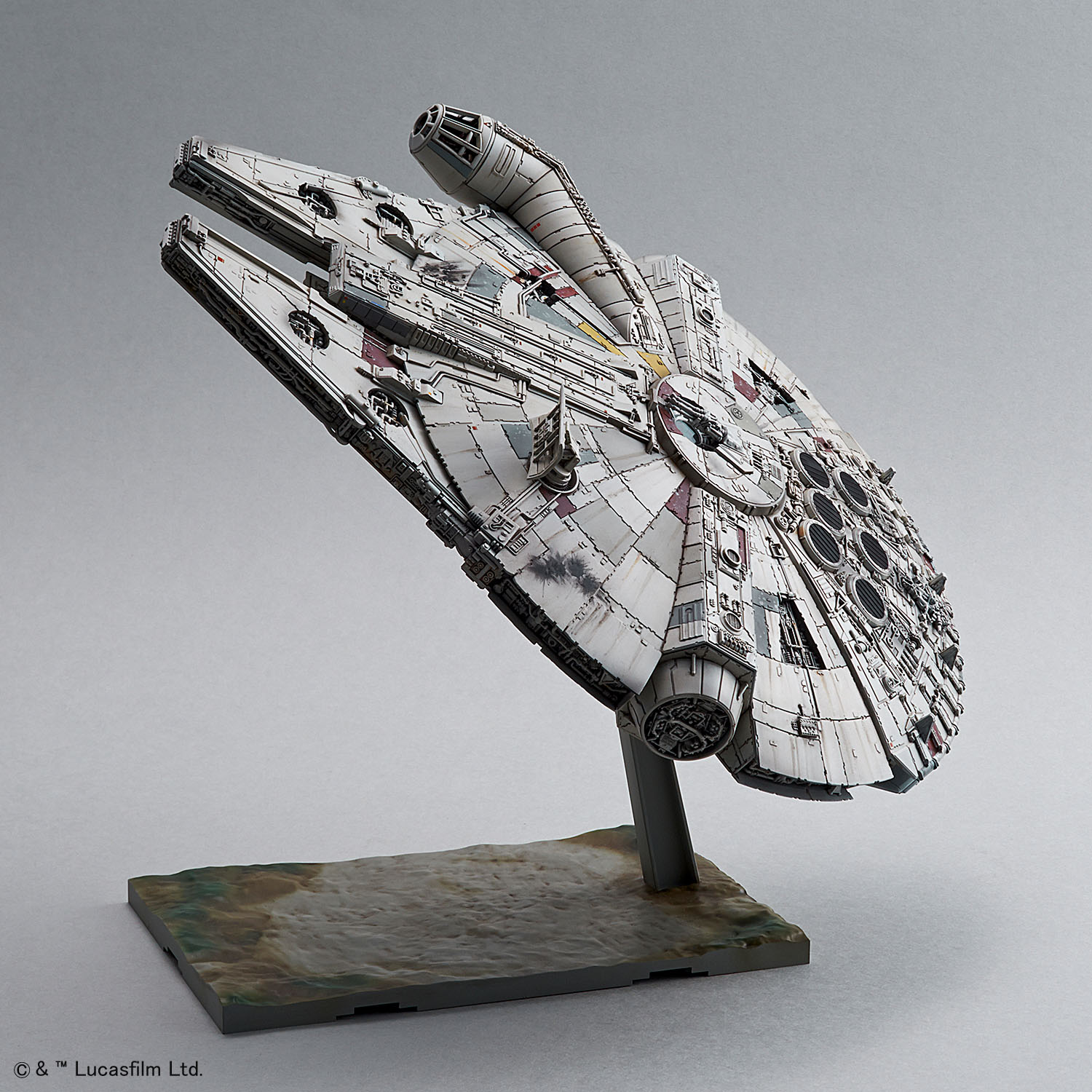
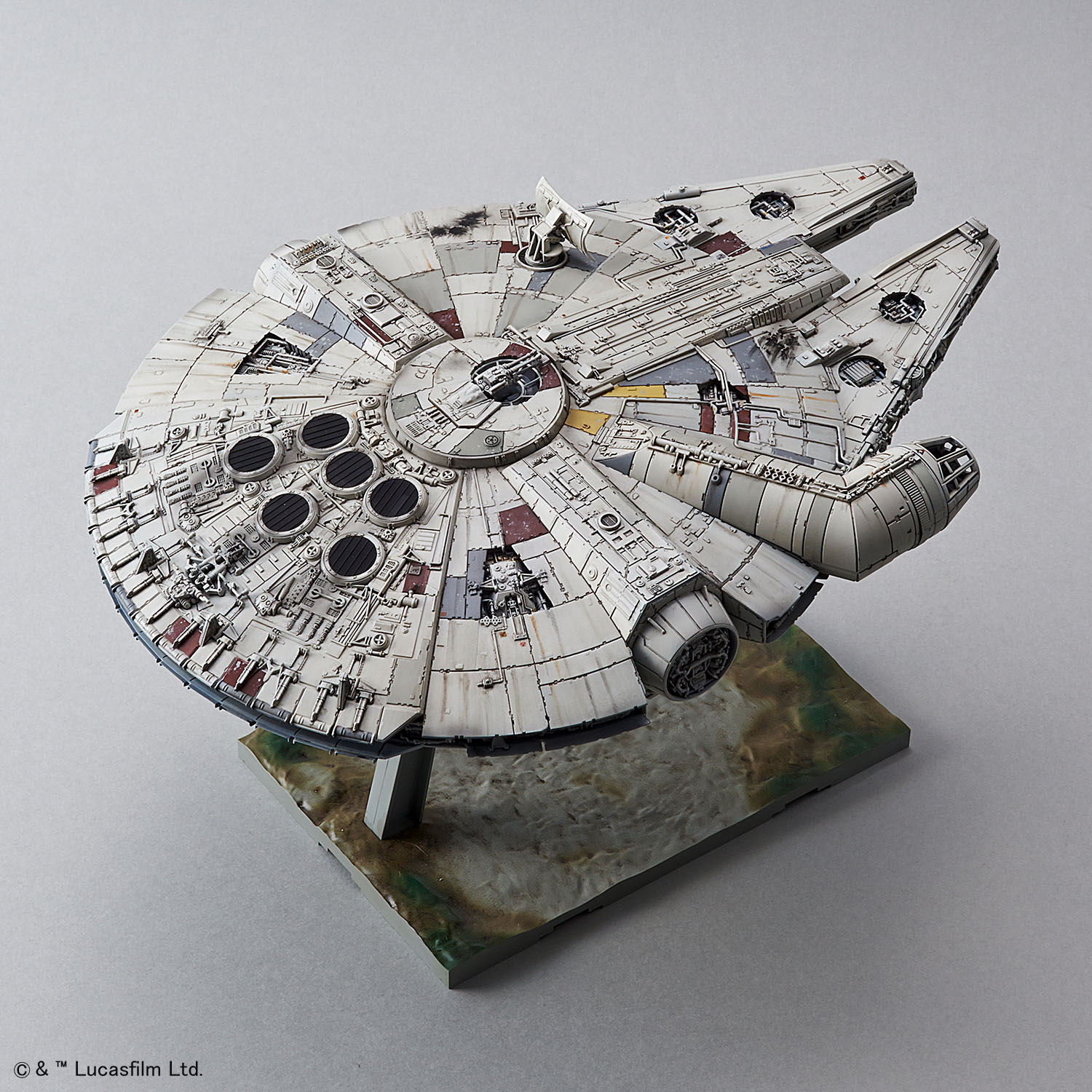
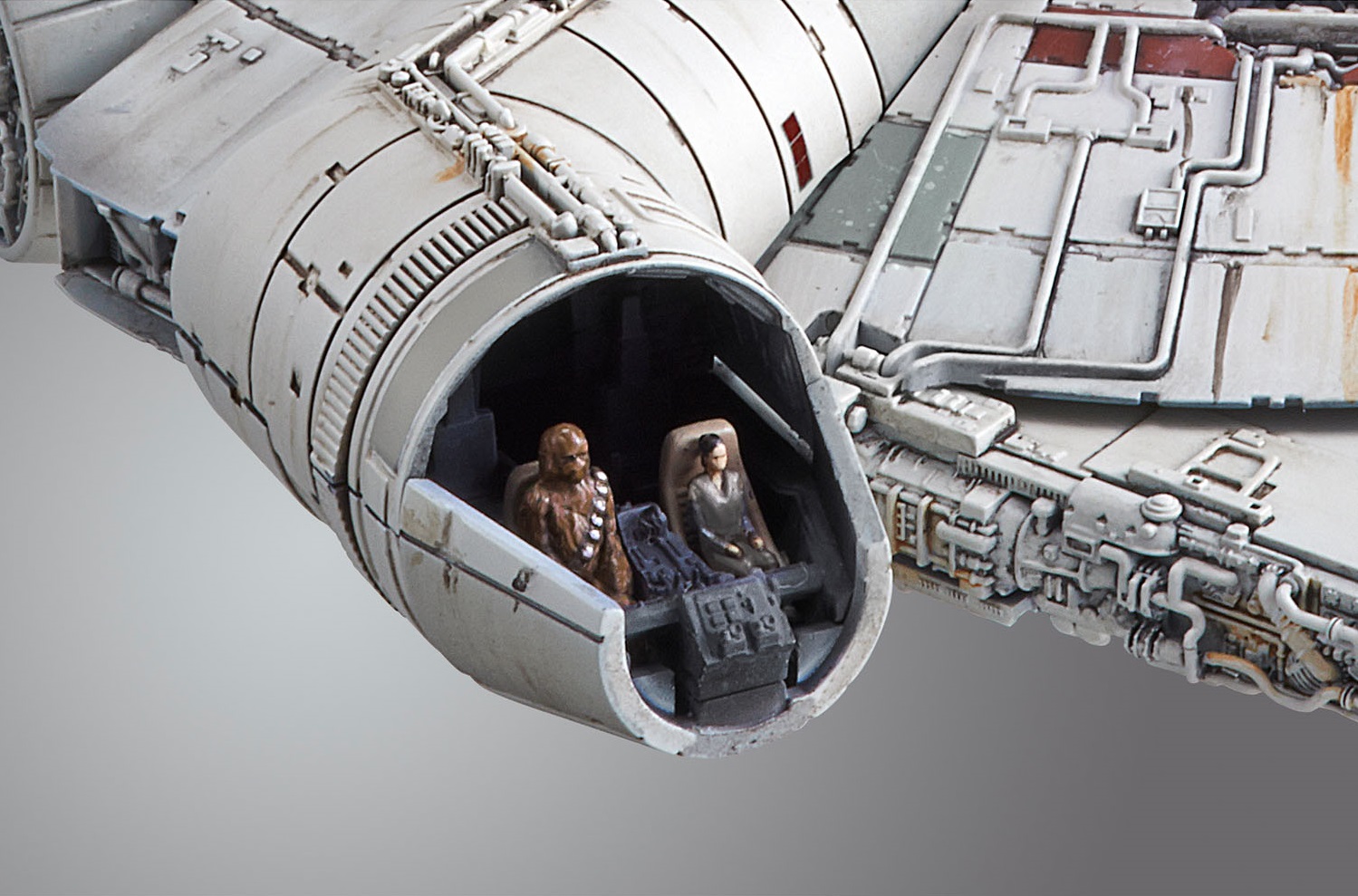
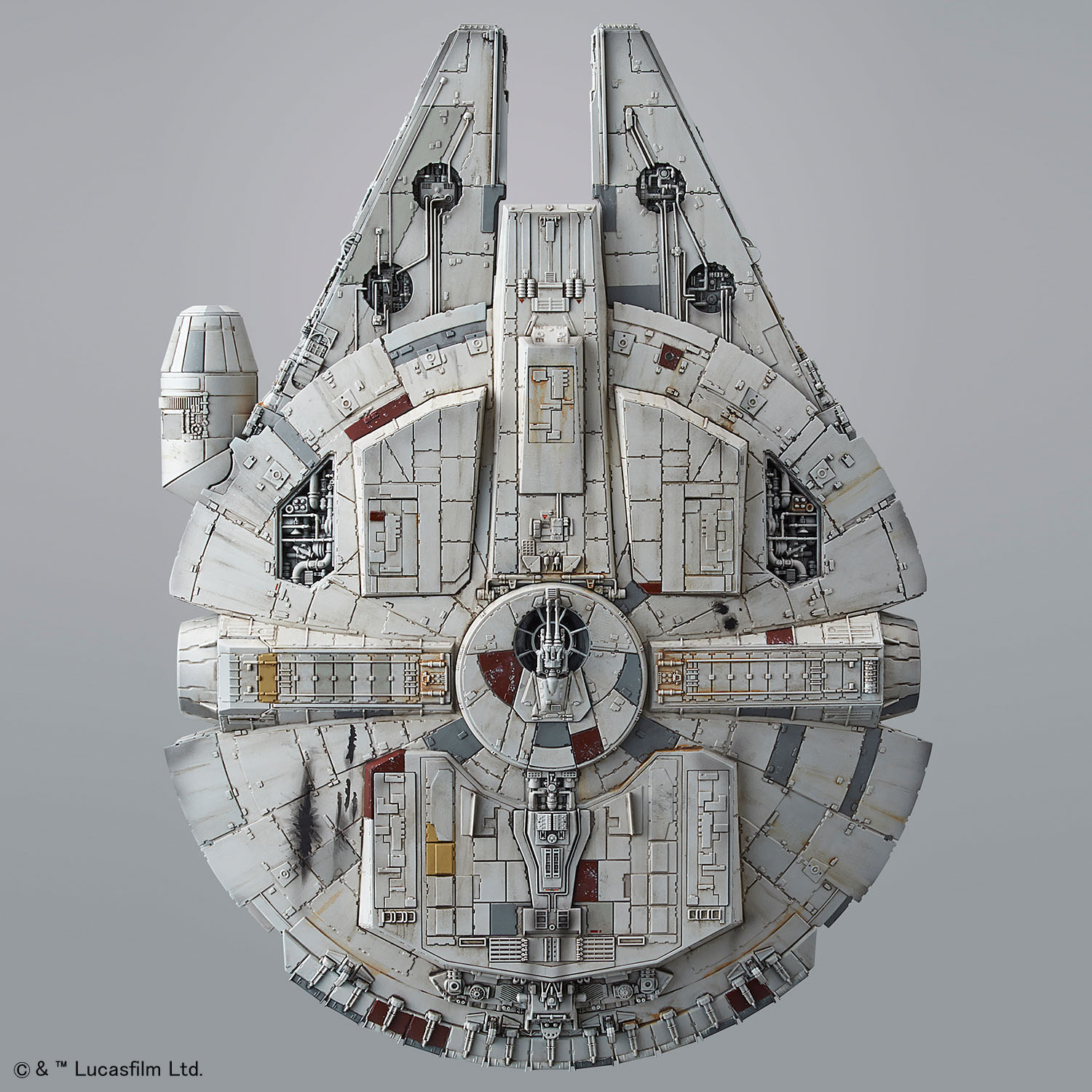
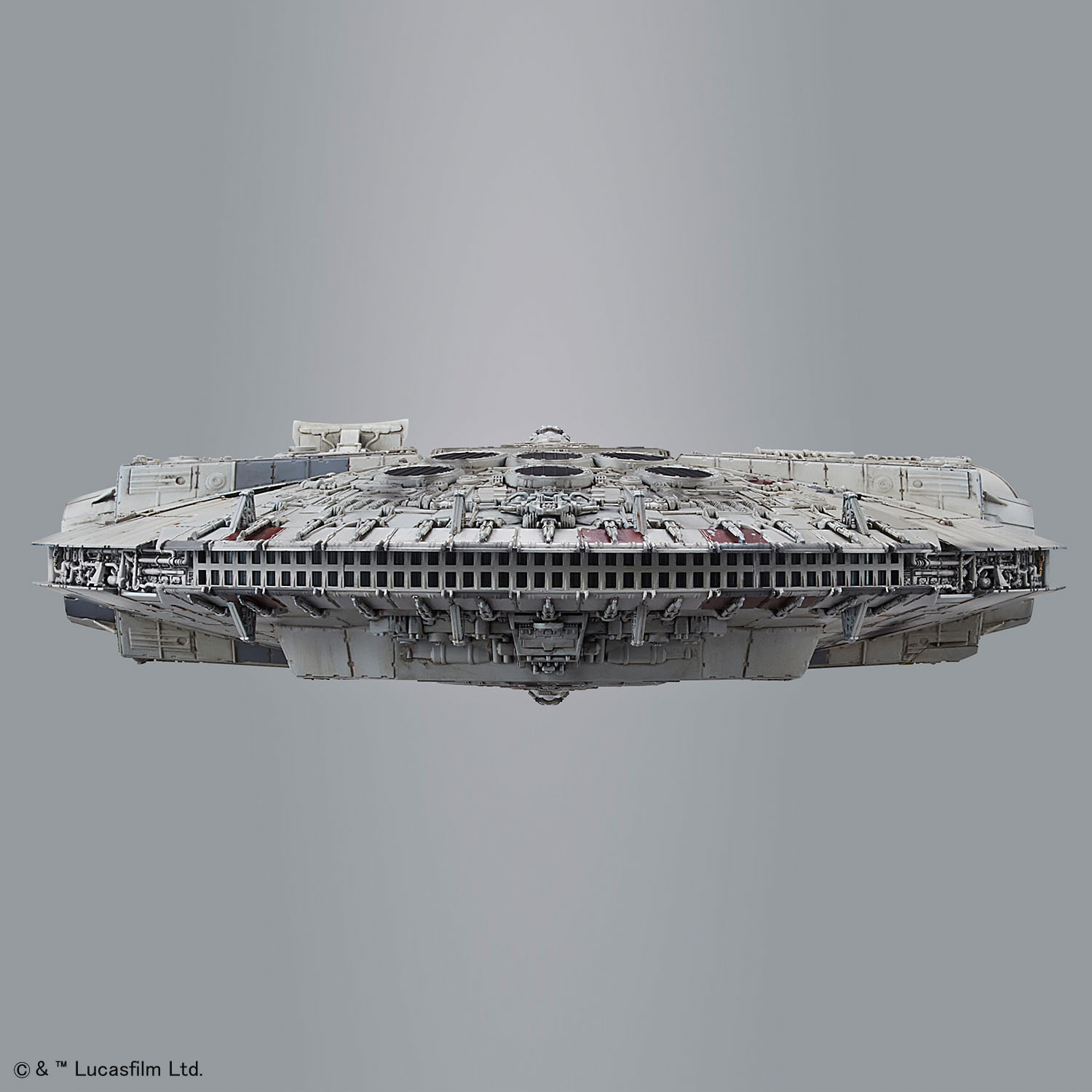
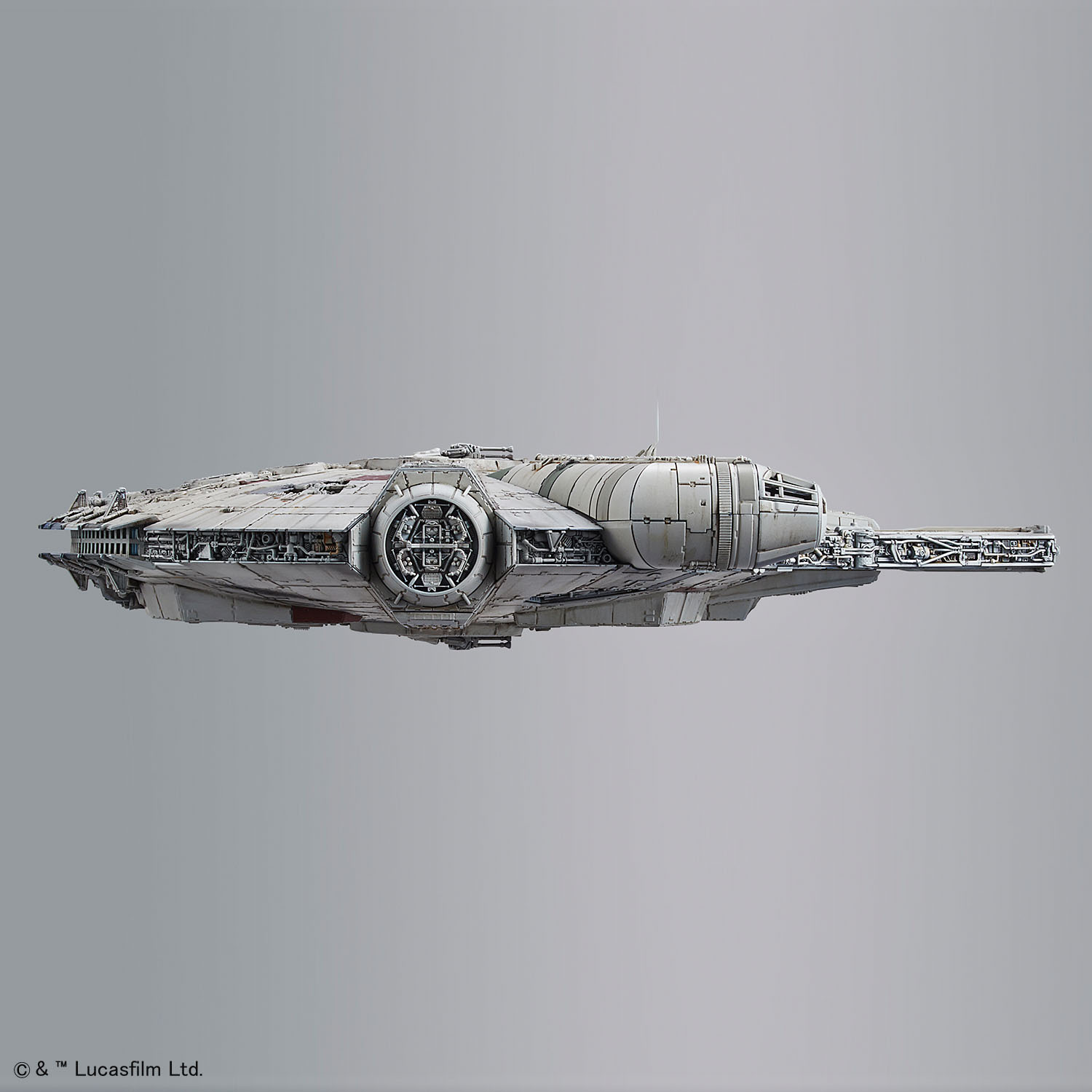
 Request of SDS product data file / Product security
Request of SDS product data file / Product security